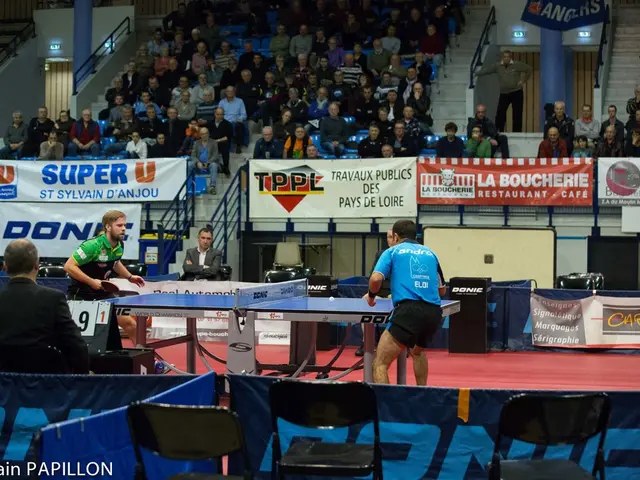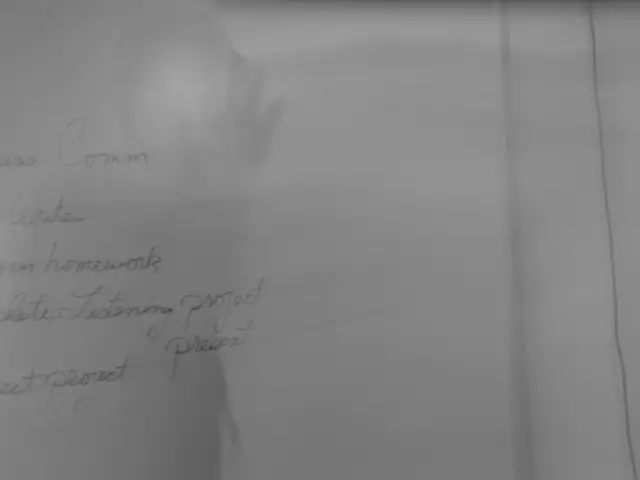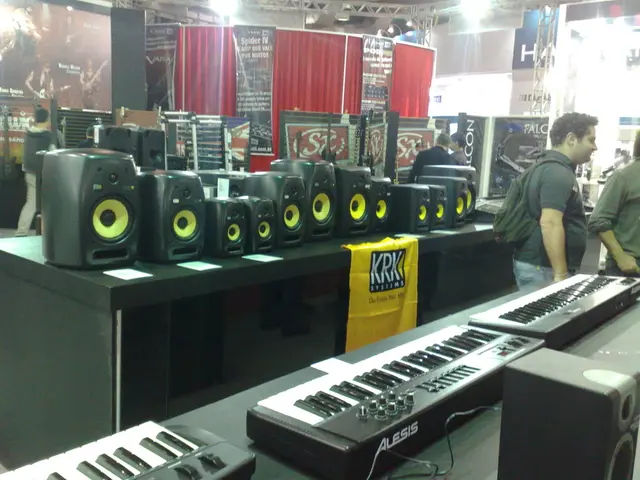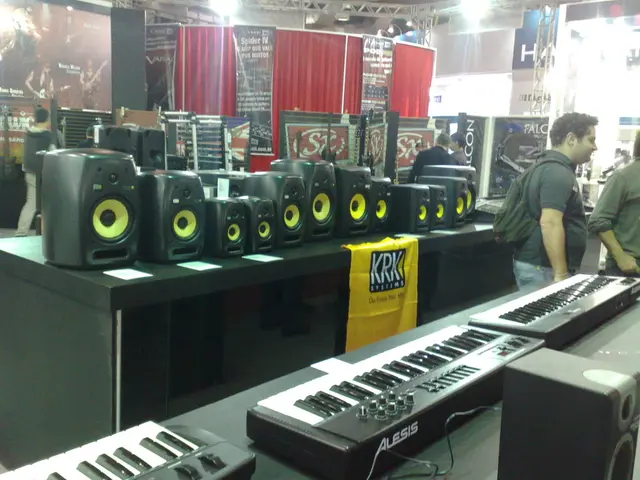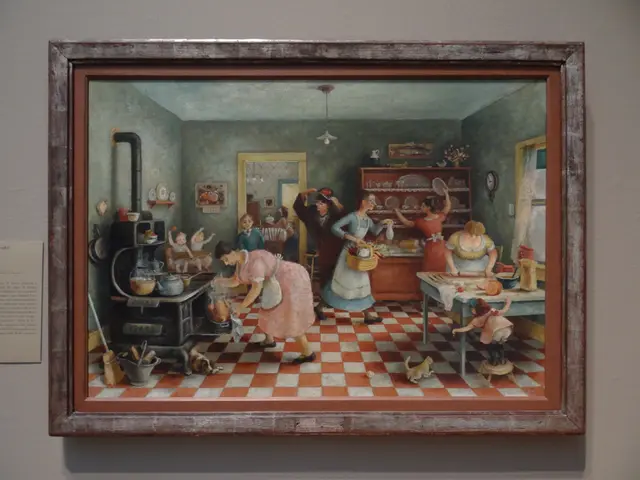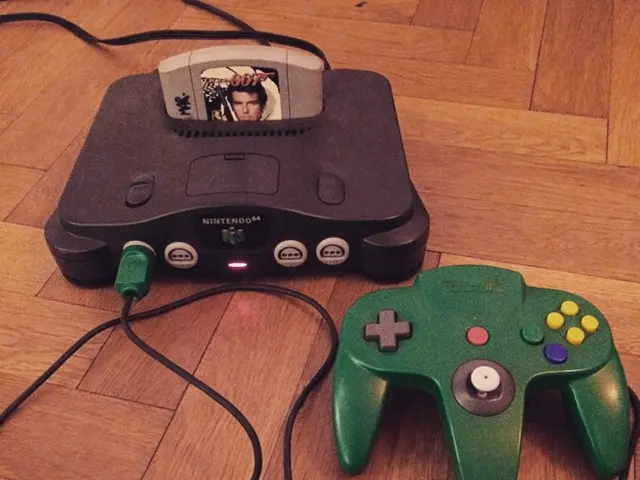Henry Orenstein: Transforming Poker on Television
Tale of the Remarkable Poker Hole Card Camera and Its Impact Revolutionizing the Game Permanently
Henry Orenstein, a Polish-born toymaker, entrepreneur, inventor, professional poker player, and Holocaust survivor, revolutionized the world of poker in 1995 with the invention of the hole card cam[5]. This innovative technology has since become an integral part of poker broadcasts, enhancing the viewing experience and popularizing the game.
Before the hole card cam, televised poker offered limited insight into the game, as players' hands remained hidden until the final showdown[6]. However, Orenstein's invention changed all that. The hole card cam is a miniature camera technology that allows television audiences to see each player’s private cards (the "hole cards") during televised poker tournaments[1][2][4].
The hole card cam was first officially used in 1999, filming the UK's Late Night Poker show, which became a huge success[7]. In 2002, ESPN started using the hole card camera for their World Series of Poker (WSOP) coverage, and it was also used during the 2003 WSOP Main Event, which allowed millions of people to see Chris Moneymaker's historic win in a way that had never been possible before[7].
Modern-day poker shows mostly use Radio Frequency Identification (RFID) cards, which have chips embedded in every card in the deck[8]. These cards are more convenient for the players, as they don't have to position their cards perfectly in front of the camera[9]. Tables are equipped with RFID readers, which capture this information and send it to production[8].
The hole card cam played a crucial role in the growth and popularity of poker, allowing viewers to see poker minds at work and experience the excitement of the game[10]. It made poker shows more engaging and entertaining for the average viewer, and it was considered one of the most important developments in the past few decades of poker[2][11].
Orenstein's invention also made it possible for viewers to keep up with the action, knowing what cards the players were holding and what hands were folded[12]. This allowed for the filming of hole cards during hands, creating more space for commentators and making poker shows more exciting to watch[13].
Henry Orenstein passed away in December 2021, aged 98, leaving a lasting impact on the world of poker. His contributions were recognized with his induction into the Poker Hall of Fame[4]. The hole card cam continues to transform the way poker is enjoyed on TV, making poker shows worthy of airing during normal time slots instead of post-midnight[1].
Henry Orenstein's invention, the hole card cam, has been instrumental in the transition of poker shows from late-night programming to regular time slots, as it allows viewers to following along with the game and understand the actions of players. With the hole card cam, viewers can now enjoy poker-centric blogs, casino shows, and casino-and-gambling related content with ease, as they have a clear understanding of the casino-games being played, including poker.

